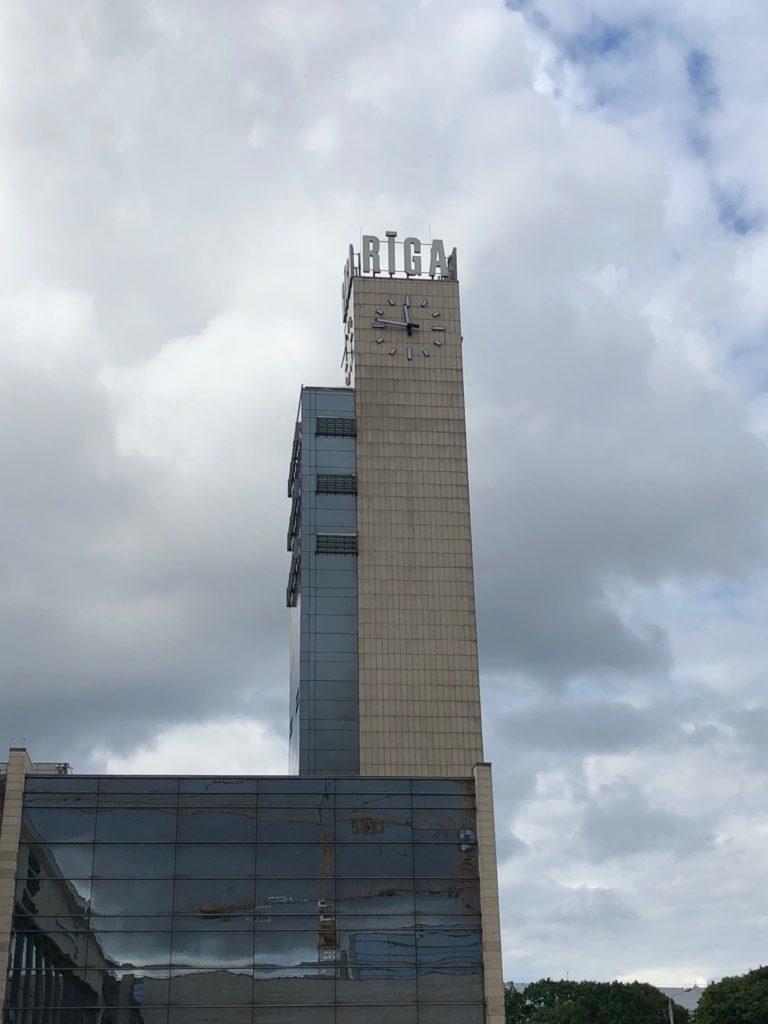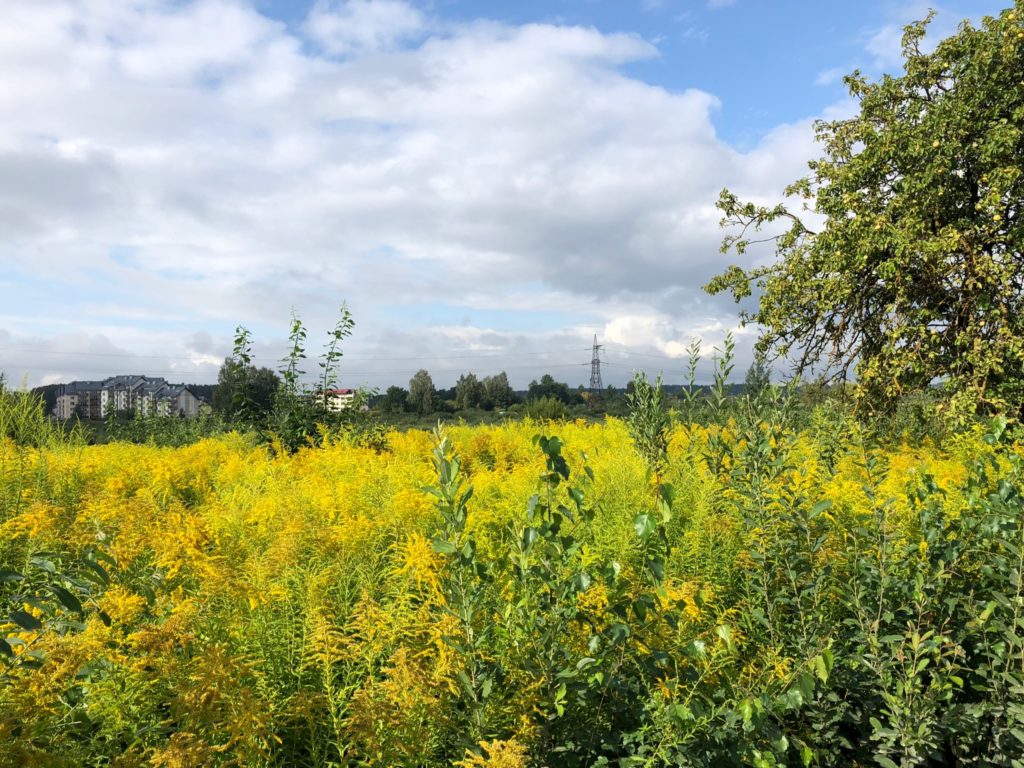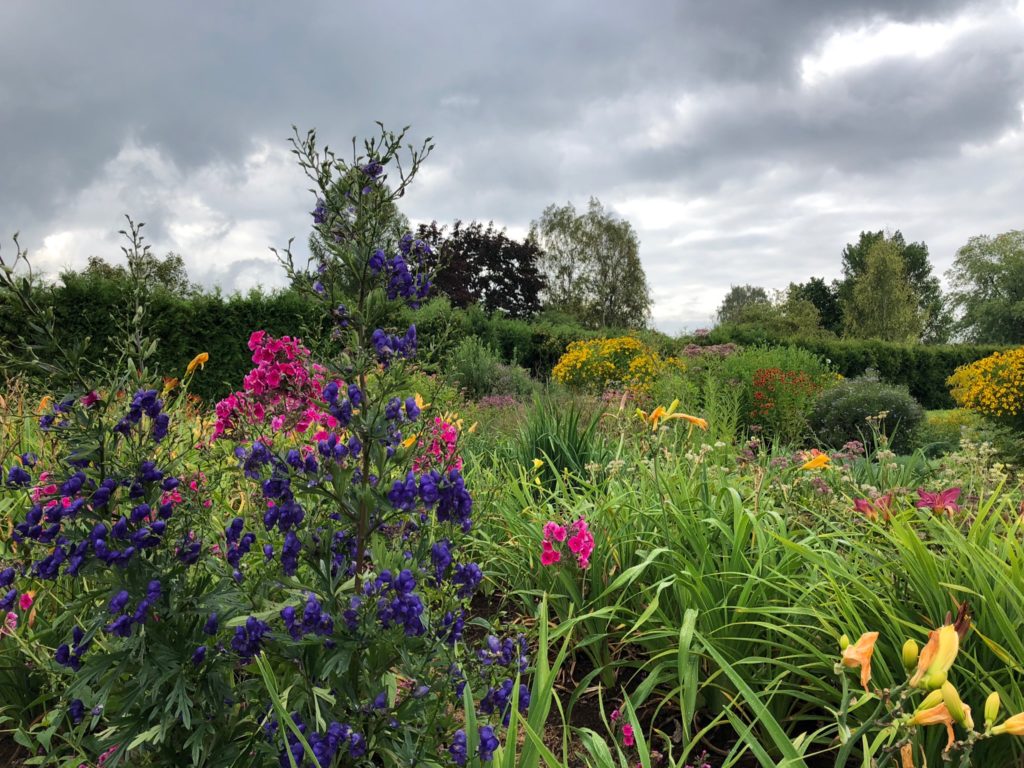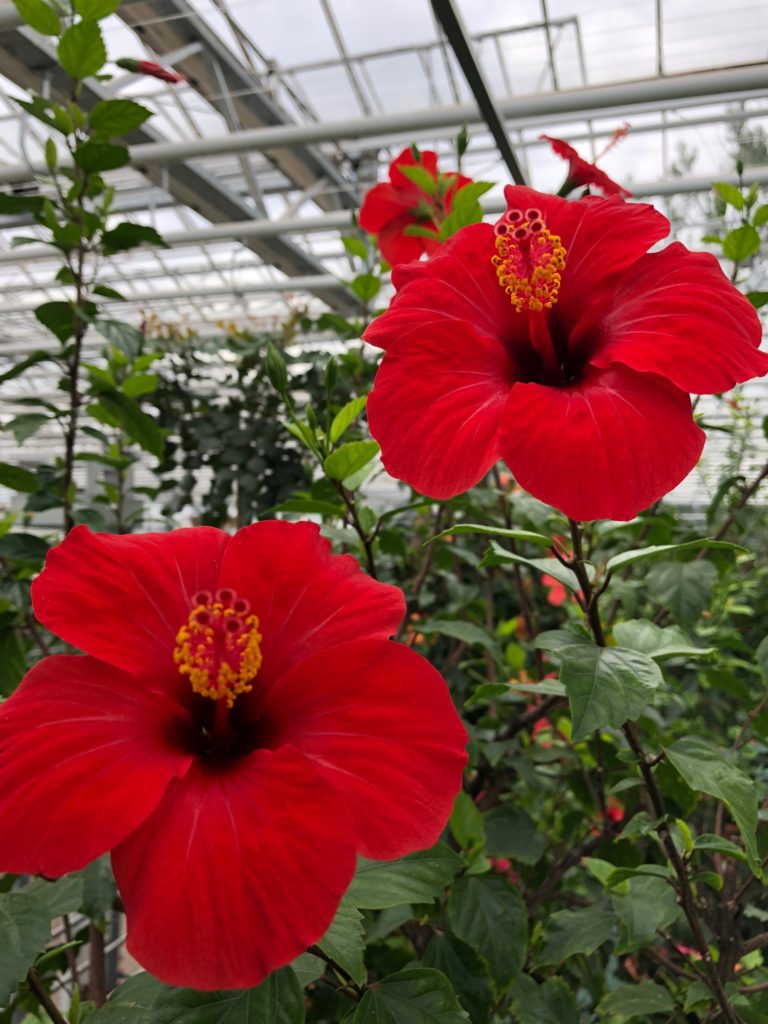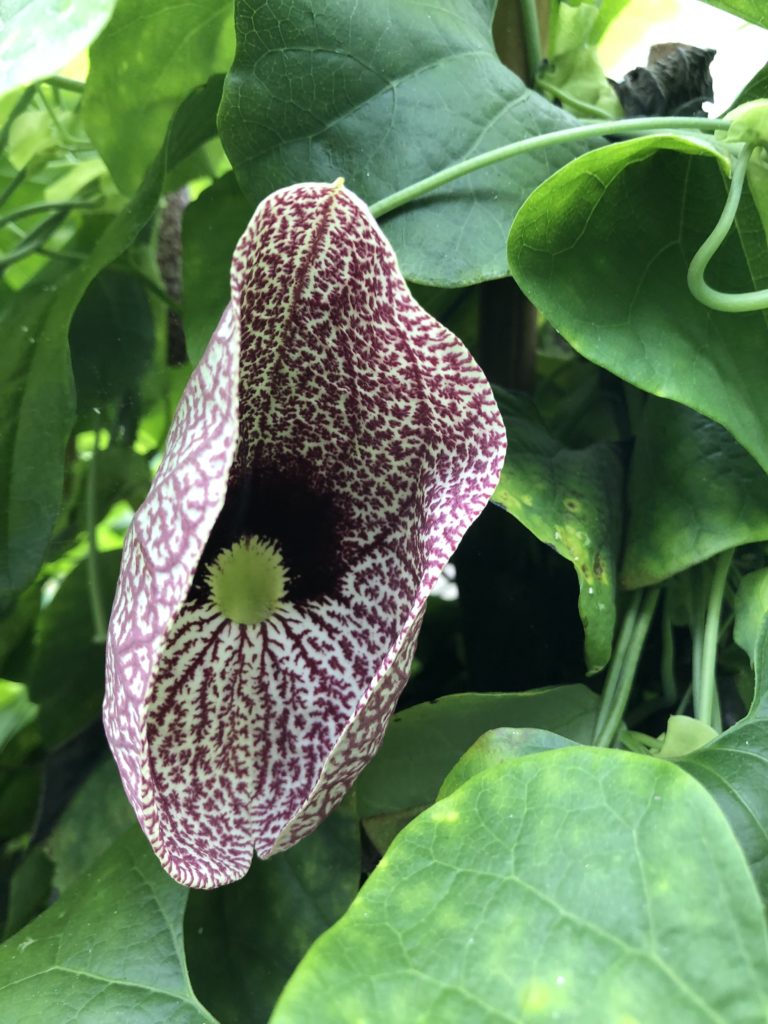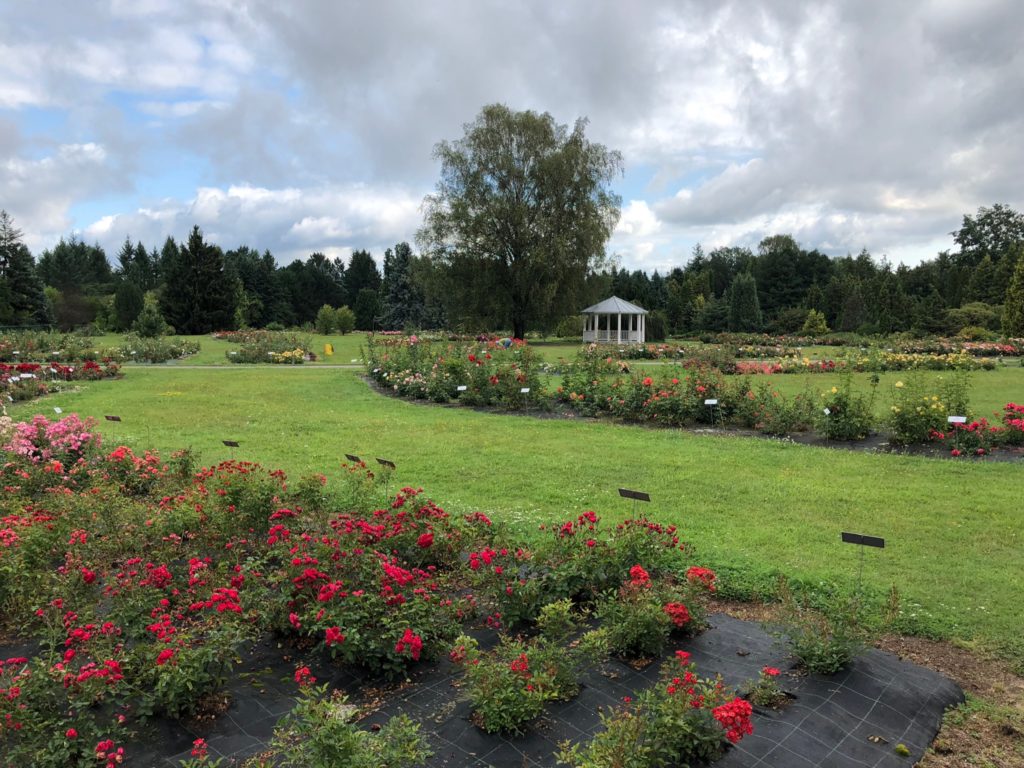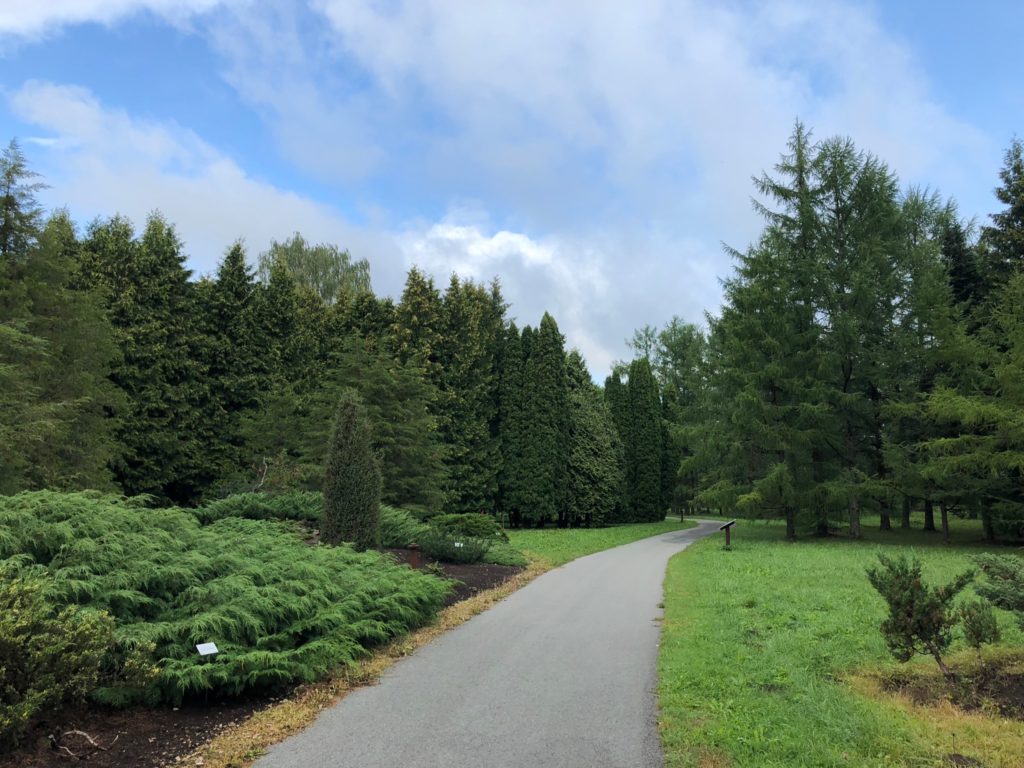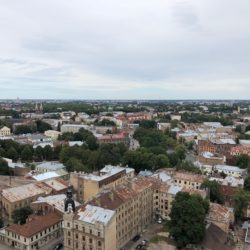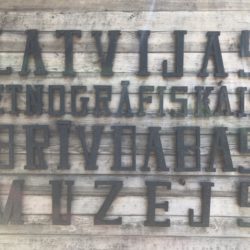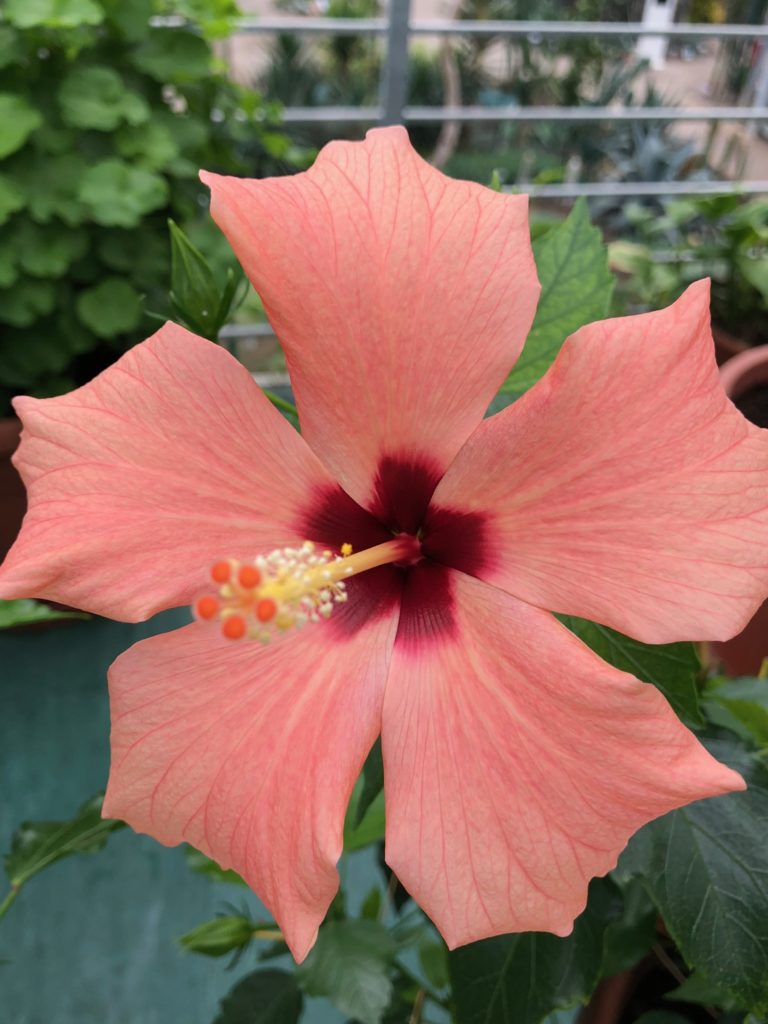
I’m going to switch things up a little bit with my “photo post” and only focus on two things in Rīga: the Art Nouveau district and Nacionālais Botāniskais Dārzs (National Botanic Garden), located a short train ride away in Salaspils.
Art Nouveau in Rīga
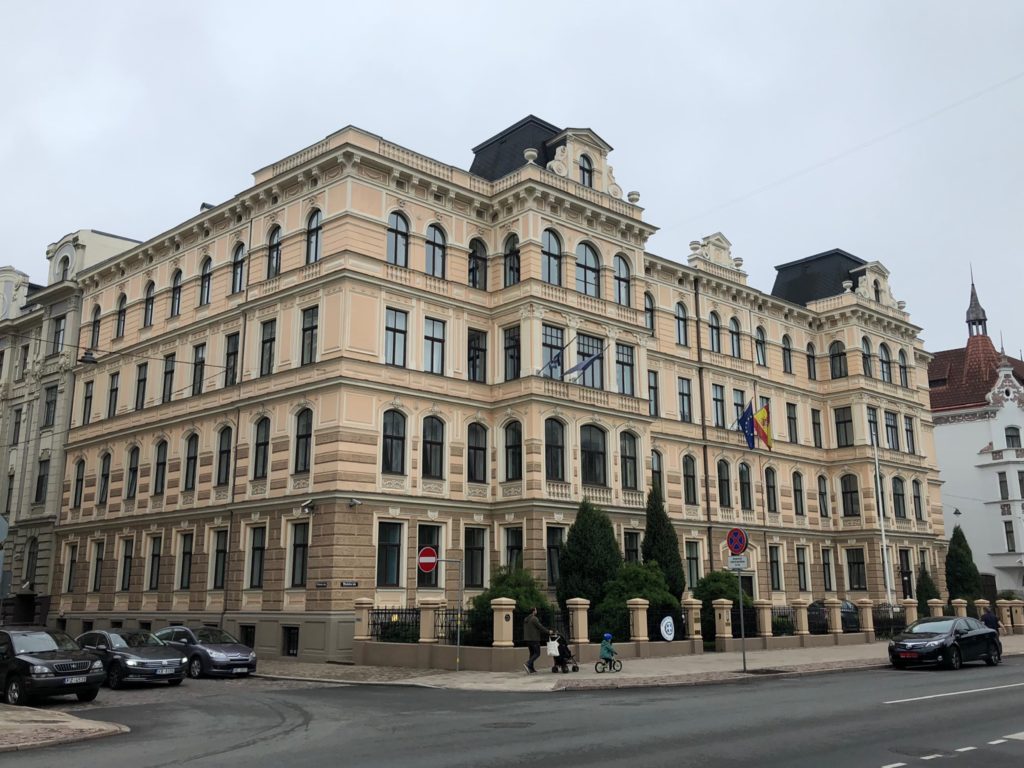
Rīga is home to over 750 officially recognized Art Nouveau buildings, more than any other city in Europe. This style of architecture was popular in Latvia between 1900-1912 as the aesthetic spread through Continental Europe. Art Nouveau is famous for its curved lines, drawing inspiration from flowers, vines, butterflies and dragonflies. Other elements, such as screaming faces, gods and goddesses, wild flowers and mythic monsters found their way onto the facades of buildings.
The best place to find Art Nouveau in Rīga is no Albert iela, a street lined with impressive structures that have slowly been refurbished since independence.
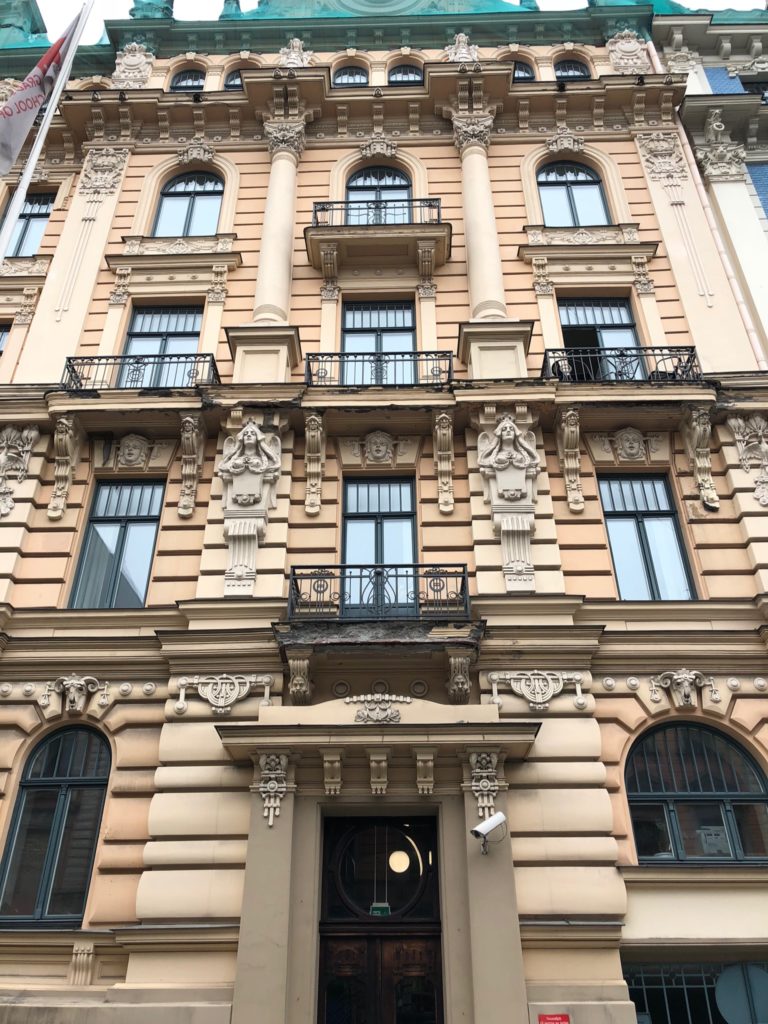
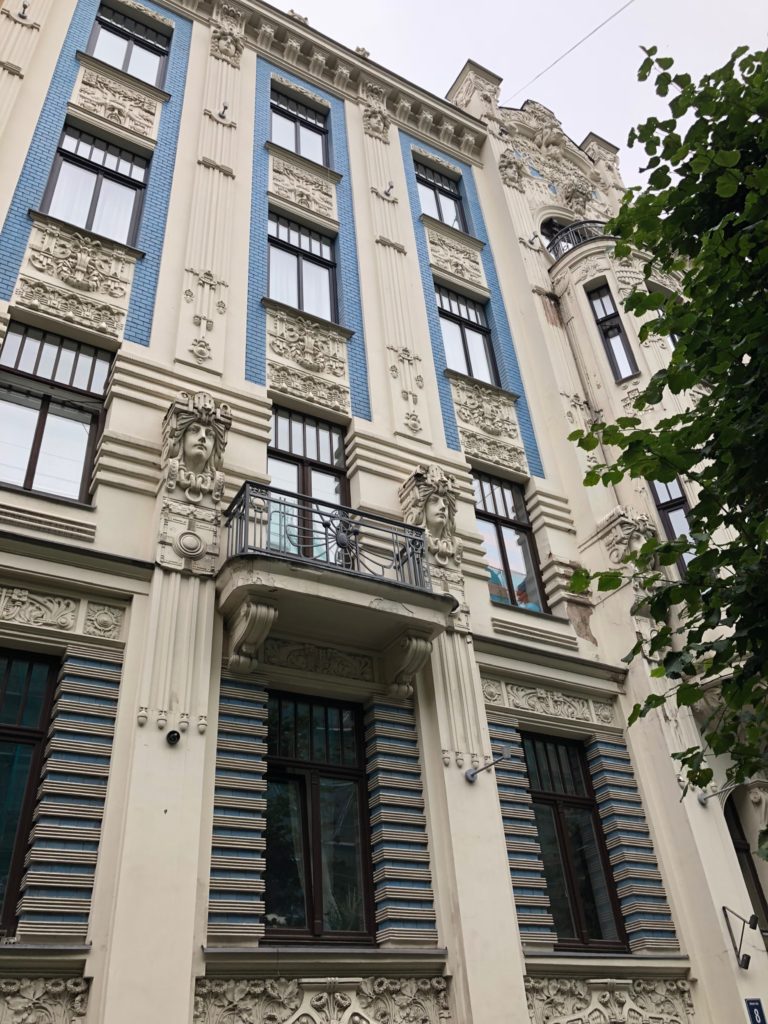
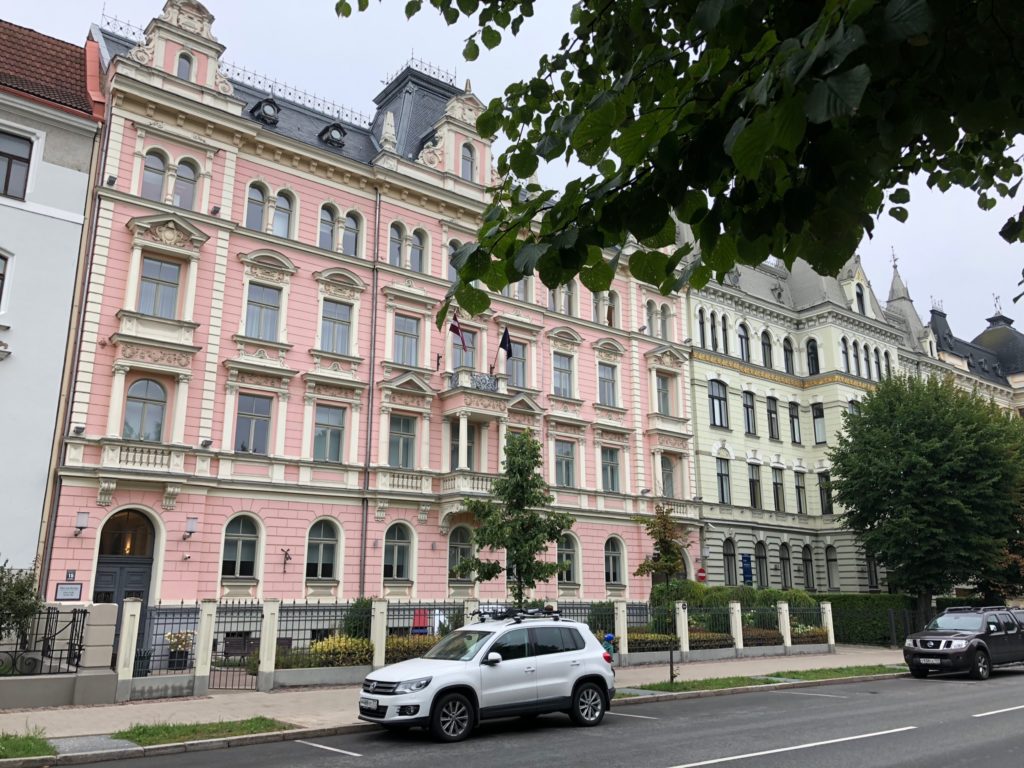
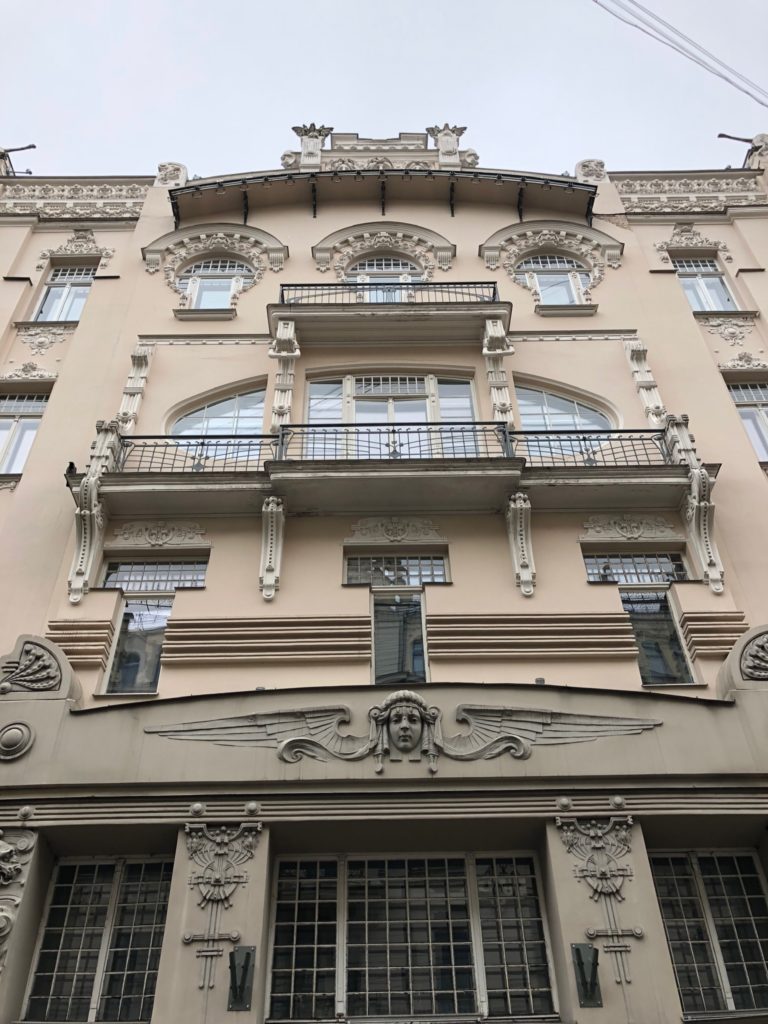
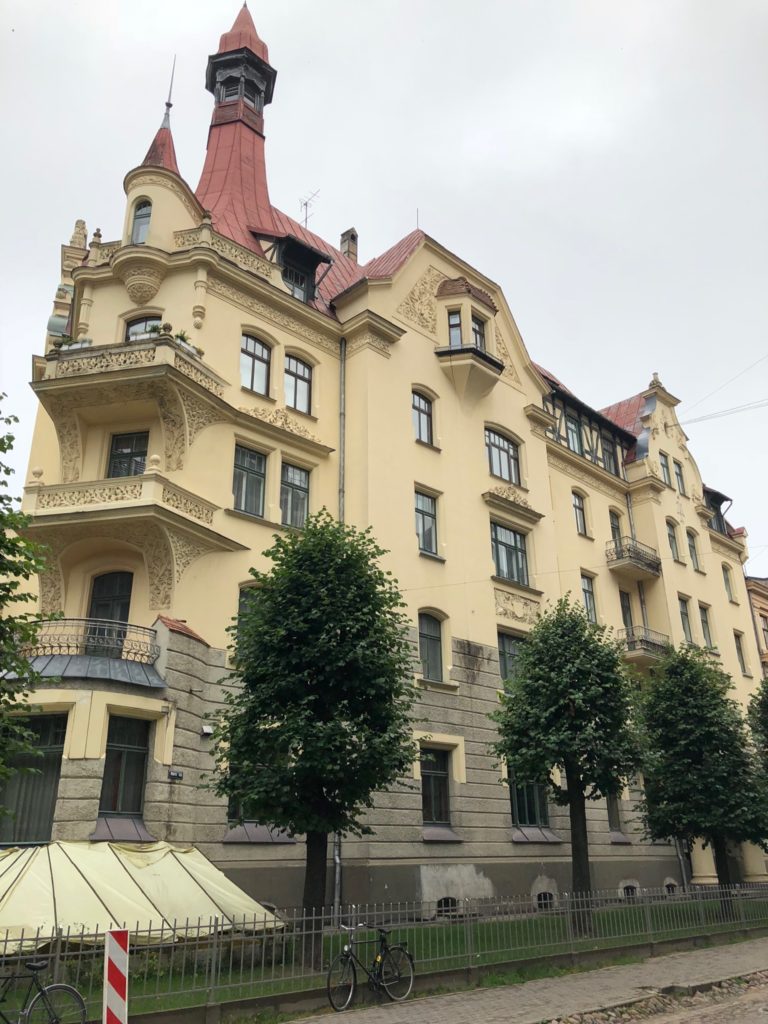
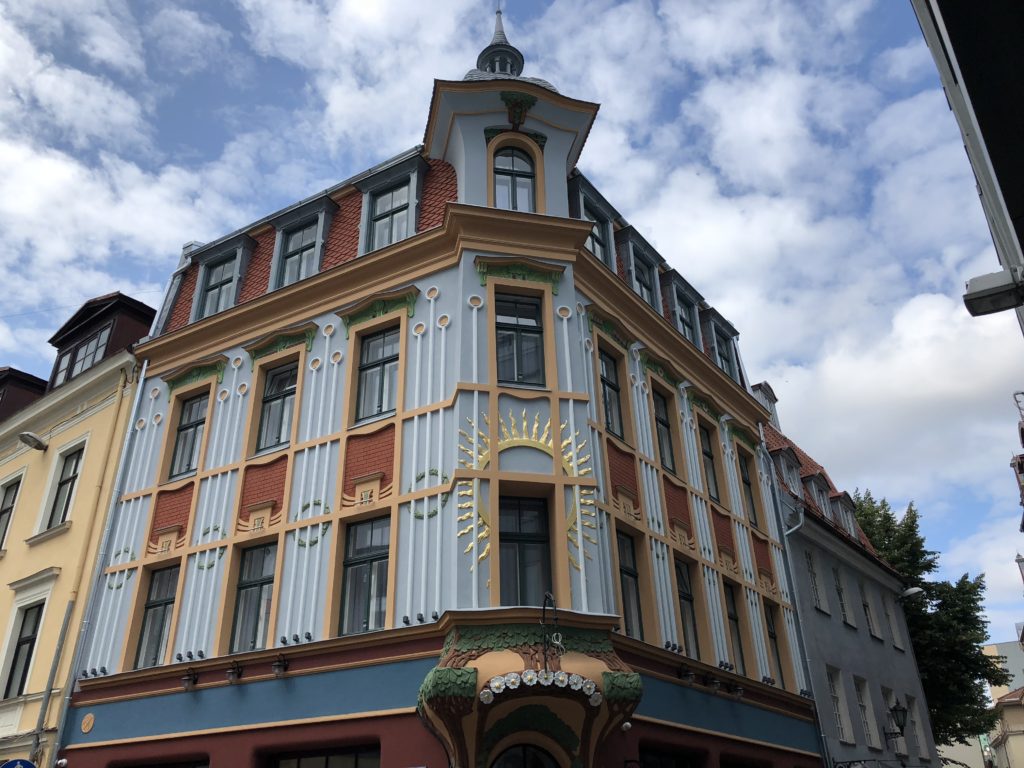
Nacionālais Botāniskais Dārzs (National Botanic Garden)
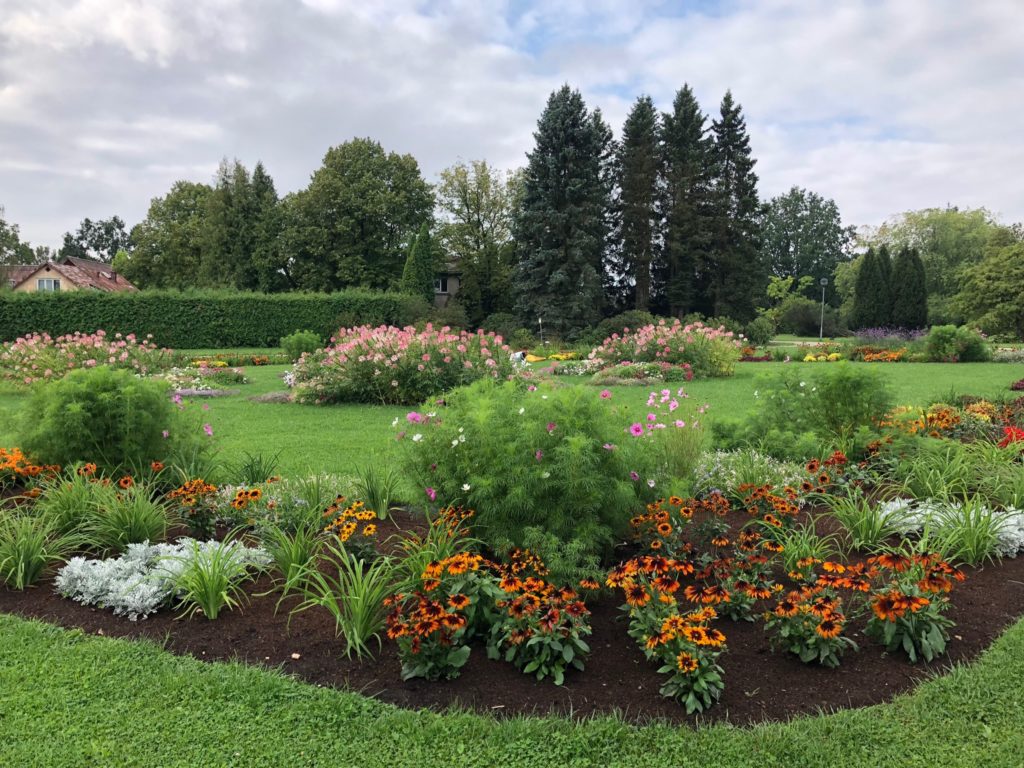
The National Botanic Garden may have officially been founded in 1956, but (forgive the pun) its seeds were planted in 1836, when Christian Schoch opened his seed shop in Rīga. His nursery grew into the largest in the capital, selling upwards of 50,000 fruit trees each year. Eventually Schoch outgrew his space in Rīga and relocated his ever-expanding collection to Salaspils, a small village roughly 45 minutes by train from Rīga.
After WWII, the Soviets seized the garden and incorporated it into their Academy of Sciences. After independence, the land was officially declared the Nacionālais Botāniskais Dārzs (National Botanic Garden).
The trek to visit the 2,000+ species of plants is an easy one: visit one of the ticket counters at the Rīga Central Train Station (you can’t miss the Rīga clock tower anchoring the building), ask for a round-trip ticket to Salaspils and be on your way. The trains run every 1-2 hours most days. The gardens are peaceful and make for a lovely way to spend a morning without wandering too far afield from Rīga.
